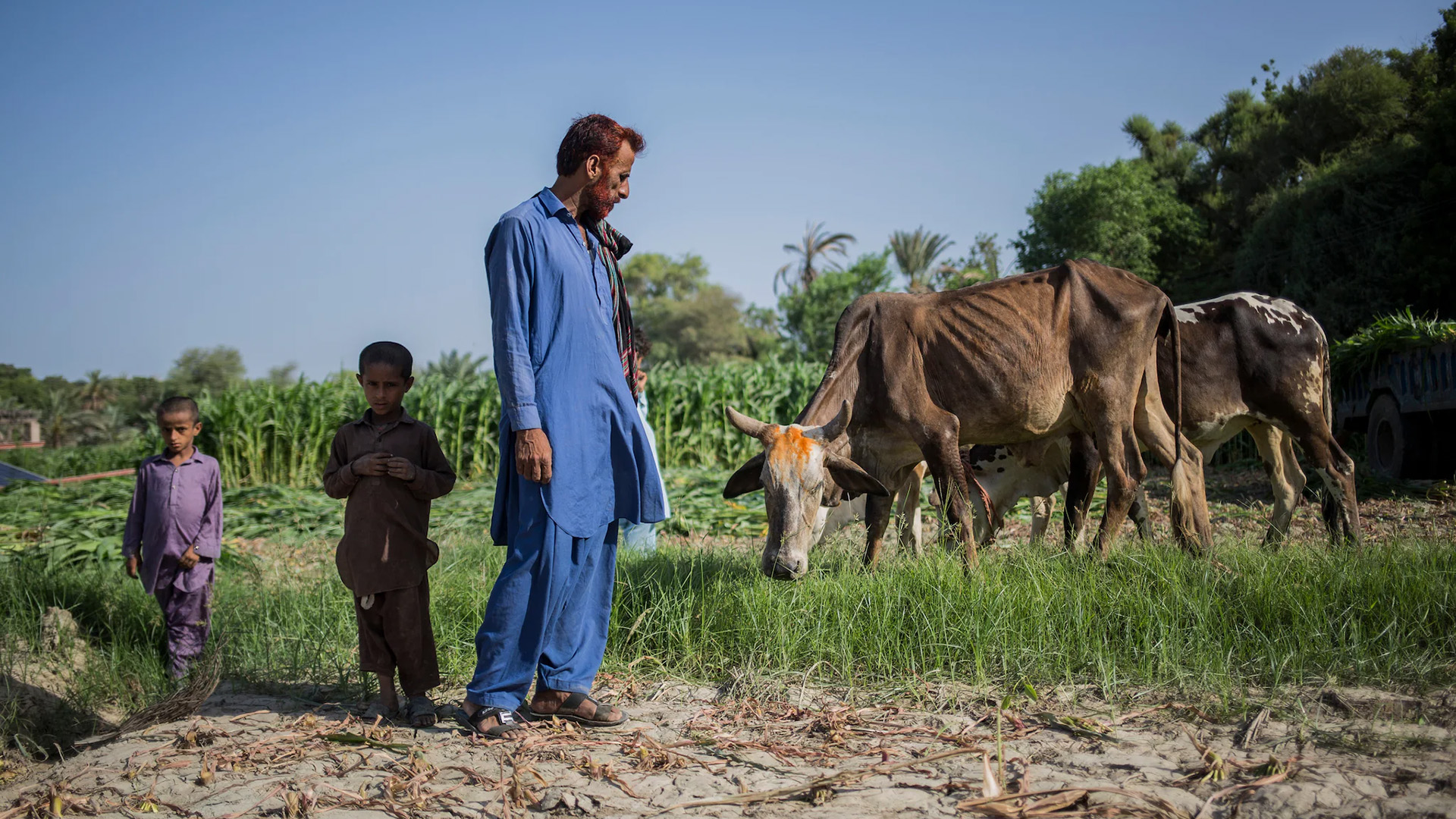


The Washington Post, 2024
Author(s): Staff
Not only is climate change wreaking havoc on our planet, it is also now linked to a global wave of disease and death, according to reporting by The Washington Post. The Post analyzed climate data, scientific studies, expert interviews and on-location reporting in dangerous and literal hotspots.
To understand the link between climate change and sweeping disease, The Post team examined how incidents of increased global illnesses are tied to hotter temperatures and swifter passage of pathogens and toxins. The team also explored the reality that many countries across the world are underprepared to handle such circumstances.
By partnering with CarbonPlan, a nonprofit that develops publicly available climate data, The Post created predictions of how often cities across the globe would face the kind of intense heat that causes rapid illness. The team used models and massive data sets along with wet-bulb globe temperature, a measure that accounts for air temperature, humidity, radiation and wind speed. Wet-bulb globe temperature is one of the key ways scientists determine how heat stresses the body.
The team explored the massive malaria outbreaks following catastrophic flooding in Pakistan, as well as the incredibly high temperatures recorded in the country – one that sees some of the hottest days in the world. In Phoenix, the team discovered high temperatures exacerbate schizophrenia. Reporters shared the sad case of Stephan Goodwin, whose disease was worsened by extreme heat, ultimately leading to his demise in a vacant lot, where he was found with an internal body temperature of 108 degrees. The team also followed the proverbial thermometer to Kolkata, India, Salt Lake City and Mozambique in pursuit of a fully realized global picture of the threat.
The series includes interactive graphics where readers can enter their zip codes to see local data. The team paired those graphics with thorough, powerful storytelling and effective data journalism to illustrate a different side of environmental crises.
Article by: Leyla Shokoohe

Excellence in Environmental Reporting is named in honor of Edward W. “Ted” Scripps II. Early in his career, Ted worked as a reporter for United Press and Scripps Howard newspapers in Denver and San Francisco. Ted also served as a vice president and secretary of The E.W. Scripps Company. He was a conservationist with interests in environmental issues and changing technologies in the communications industry.